Three CVAD Departments participate in University Research Day
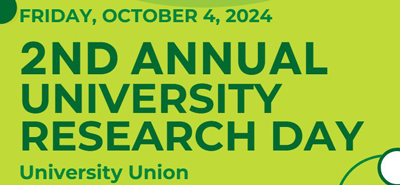 Faculty members and two undergraduate students from the Art History, Design and Studio Art departments will participate on Oct. 4, 2024, in the second annual University Research Day hosted by the Division of Research and Innovation in the University Union. The all-day event, 9 a.m. to 5 p.m., welcomes students, faculty and staff to share their research, connect with one another and listen to panel discussions about overarching discoveries and ideas that are shaping the broader research landscape. The morning will include a poster, networking session, resource, and an opportunity fair. Afternoon sessions will feature panels on various topics, from how to launch a startup and how mentorship can help build community to discussions on approaches to interdisciplinary projects and research staff support.
Faculty members and two undergraduate students from the Art History, Design and Studio Art departments will participate on Oct. 4, 2024, in the second annual University Research Day hosted by the Division of Research and Innovation in the University Union. The all-day event, 9 a.m. to 5 p.m., welcomes students, faculty and staff to share their research, connect with one another and listen to panel discussions about overarching discoveries and ideas that are shaping the broader research landscape. The morning will include a poster, networking session, resource, and an opportunity fair. Afternoon sessions will feature panels on various topics, from how to launch a startup and how mentorship can help build community to discussions on approaches to interdisciplinary projects and research staff support.
Open to faculty, staff, and students, this one-day celebration offers a unique opportunity to engage with UNT research through interactive panel sessions, a research resource fair, and the research poster showcase.
Register Now!
CVAD Participants
Art History
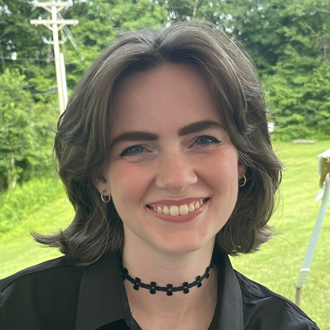 Wallpaper's Toxic Beauty: The Importance of The Public's Voice
Wallpaper's Toxic Beauty: The Importance of The Public's Voice
Presenter: Emily DeGarmo, undergraduate, Art History
Poster Display: 9 a.m.–Noon Session, Row 12
"Wallpaper's Toxic Beauty: The Importance of the Public's Voice" focuses on the relationship between the public and the use of arsenic green dye in crafted wallpapers. It mainly examines how these people reacted to the arsenic's physical effects and how that reaction influenced the use of that dye in craft items. DeGarmo also explores which strategies the public used to voice their concerns and how those who used arsenic dye to manufacture wallpapers received it.
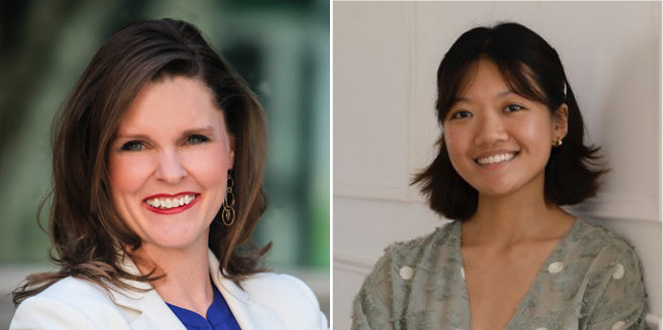
Department of Design
Lighting in Neuroarchitecture as A Passive Therapy for Technostress
Co-Presenter: Tracey Filbeck, left, lecturer in Interior Design
Co-Presenter: Melissa Shi, an undergraduate in Interior Design
Synopsis: Filbeck is interested in developing design cues that allow our eyes to rest from overusing screen time in an office environment. She has been working with Melissa Shi to mentor her for her presentation later this year for the Honors College and Research Presentation. Shi will spin off Filbeck's research by doing a meta-analysis of specific finishes to use as a passive therapy for eye strain.
Be Curious: Innovative Approaches to Interdisciplinary Research
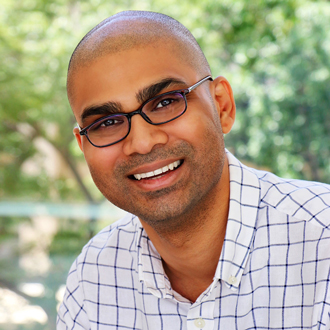 Panelist: Cassini Nazir, assistant professor of Communication Design: User-Experience Design
Panelist: Cassini Nazir, assistant professor of Communication Design: User-Experience Design
Time: Oct. 4, 2:30–3:30 p.m., University Union, Jade Ballroom C
Topic: Methods and best practices for fostering collaborations across disciplines and driving innovative research.
The Circular Design Challenge: A STEAD-Based Cooperative Learning Project for Sustainable Development
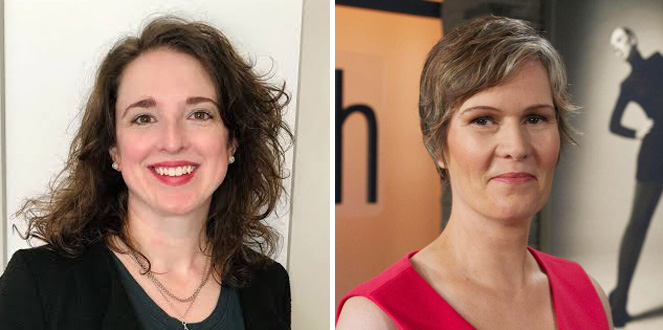 Presenter and Co-Author: Barbara Trippeer, right, assistant professor, Fashion Design
Presenter and Co-Author: Barbara Trippeer, right, assistant professor, Fashion Design
Co-Author: Maryann Cairns, associate professor and director of graduate studies, Department of Anthropology, Dedman College of Humanities and Sciences, Southern Methodist University
Poster Display: Oct. 3, 2–5 p.m., University Union, Room 314, Row 6
Synopsis: This case study focuses on a collaborative project between UNT's College of Visual Arts and Design and SMU's College of Humanities and Science, who collaborated to address some of the challenges related to sustainable product development. This Circular Design Challenge project explores sustainable product development through a multidisciplinary approach called STEAD, which stands for Science, Technology, Engineering, Arts, and Design. The project engaged students in fashion design, humanities, and environmental science, aiming to encourage consideration of sustainability expectations. Students worked on developing sustainable products and accessories, leading to an improved understanding of sustainability and shared values. The project highlights the potential for interdisciplinary collaborations in promoting sustainable education and preparing students for future professions.
The impact of LED lighting on students with learning disabilities
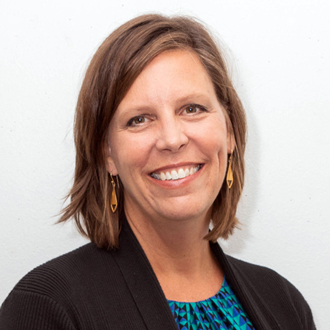 Presenter: Jeannine Vail, M.Arch., RA, LEED AP, assistant professor, Interior Design
Presenter: Jeannine Vail, M.Arch., RA, LEED AP, assistant professor, Interior Design
Synopsis: The poster will include a literature analysis on the physiological impact of LED lighting on the dyslexic learner.
The physical learning environment, specifically lighting, influences the performance and well-being of children (Lekan-Kehinde & Asojo, 2021). Poor school lighting contributes to headaches, visual stress, and fatigue (Higgins et al., 2005). With LED lighting technology, new potentials are revealed for integrating lighting as a central parameter for improving the learning environment. Existing research has documented LED lighting's physiological impact on non-dyslexic learners, highlighting the effects on visual comfort, memory recall, concentration, and comprehension related to illuminance and Correlated Color Temperature. Classroom lighting that is optimized to support the learning needs of dyslexic students can make a tangible difference in their educational experience.
Department of Studio Art
Better Together, Building a Thriving Research Community Through Mentorship
Time: 1 p.m., University Union, Room 333, Jade Ballroom C
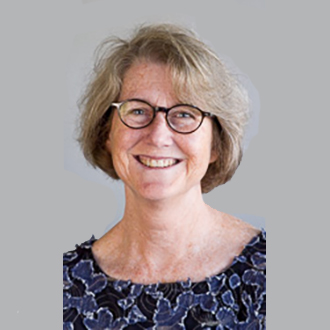 Panelist: Dornith Doherty, UNT Distinguished University Research Professor
Panelist: Dornith Doherty, UNT Distinguished University Research Professor
Topic: Through conversation with fellow panelists, panelists will discuss the role of mentorship in enhancing career success, including how to establish effective mentor-mentee relationships and how mentorship contributes to increased productivity. This panel will be geared toward faculty and graduate students. Attendees will gain insights into the practical aspects of mentorship and its potential benefits for professional growth.
Moderator: Brenda Barrio
The panel includes Melaine Ecker, Biomedical Engineering; Ed Dzialowski, associate dean for research and graduate studies, College of Science; and Angie Cartwright, assistant vice provost for faculty success.






